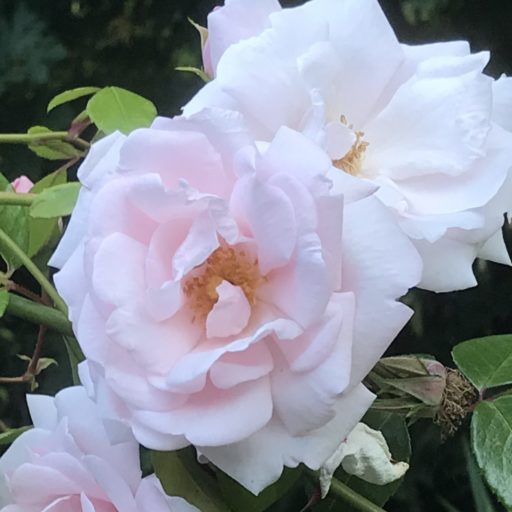Just finished attending a webinar (see the archive for February 19) on Universal Design for Learning and Assistive Technology. Much food for thought: how to make all lessons available to all students? Like Vaughn Chapter 9 where there is a pyramid to learning, the base of which is the set of practices and understandings that all students must learn, each lesson in a classroom really should have a baseline of learning that is accessible to all students.
Browsing through unread posts in the newsreader I use, I ran across this post from a teacher whose blog I have followed for a couple years:
http://www.johntspencer.com/2011/02/rethinking-assessment.html How do I set up the learning goals (targets and criteria as explained yesterday by Susy Watts of Arts Impact) in a way that the students can both understand them and make use of them to inform their own learning as they go along?
My goals this week are to re-work the master’s paper, dig in to the ideas behind the science website, revisit the assessment for differentiated instruction, and spend just a little bit of time outside if the weather isn’t too wet — I tend to sink to my ankles in mud the last couple weeks (the soil is definitely much to soggy to work). And thinking, thinking, thinking…
Watching the preteaching interview for the physics lesson, I had some revelations. Of course.
- The idea of claim and evidence are useful in all areas of science, as well as in language arts, history and mathematics — and debate.
- The idea that students already generally have VAST knowledge in a subject area, but it may be broad rather than deep. Also, many students already have vocabulary they use appropriately, but use of vocabulary alone is not clear evidence that a student understands the concepts and makes connections to other concepts and events.
- The idea that it is completely appropriate at times to engage in direct teaching, for example, when there are conventions within the discipline that help with communications.
- Not all students will have the same set of experiences, and even if they have been present at the same events they might have different explanations.
- Tie it in to common experience when possible — what is out there in the real world? How does this lesson help me understand my life. Thinking it connects to yesterday: Susy Watts mentioned we need to be able to help the students see how this lesson today will be useful to them when they are in their thirties or forties — not just because they are all going to be engineers and doctors, but because when I am trying to move my car which is out of gas, I want to know how far I can get it off the road!
It will probably help me A LOT to look at what 4th graders and 5th graders are supposed to study in math, too!
Old way: vocabulary → concept
New way: concept → vocabulary

Leave a Reply